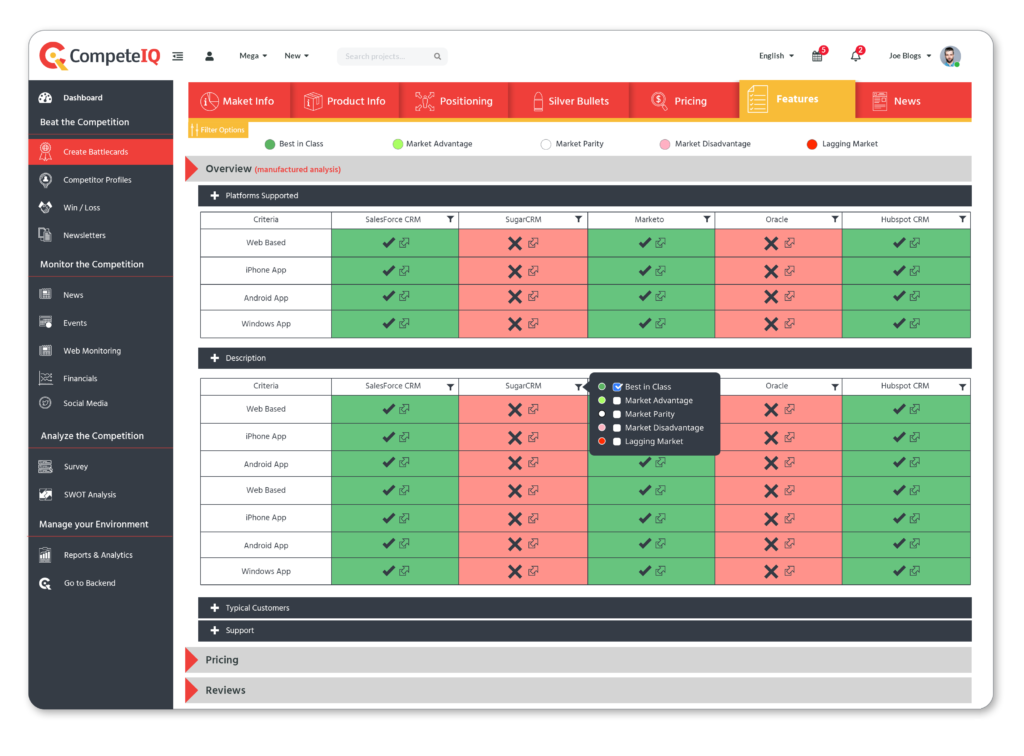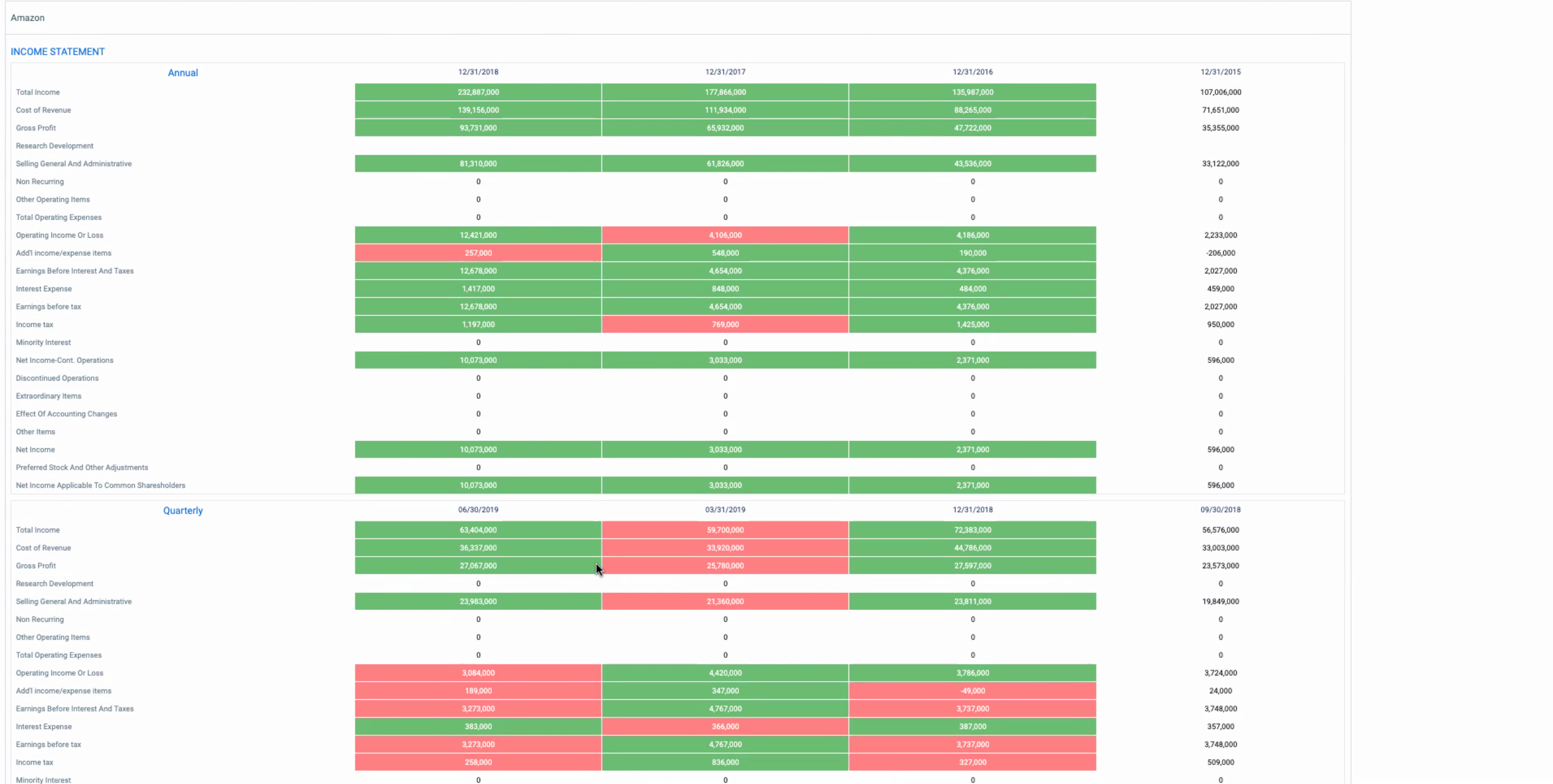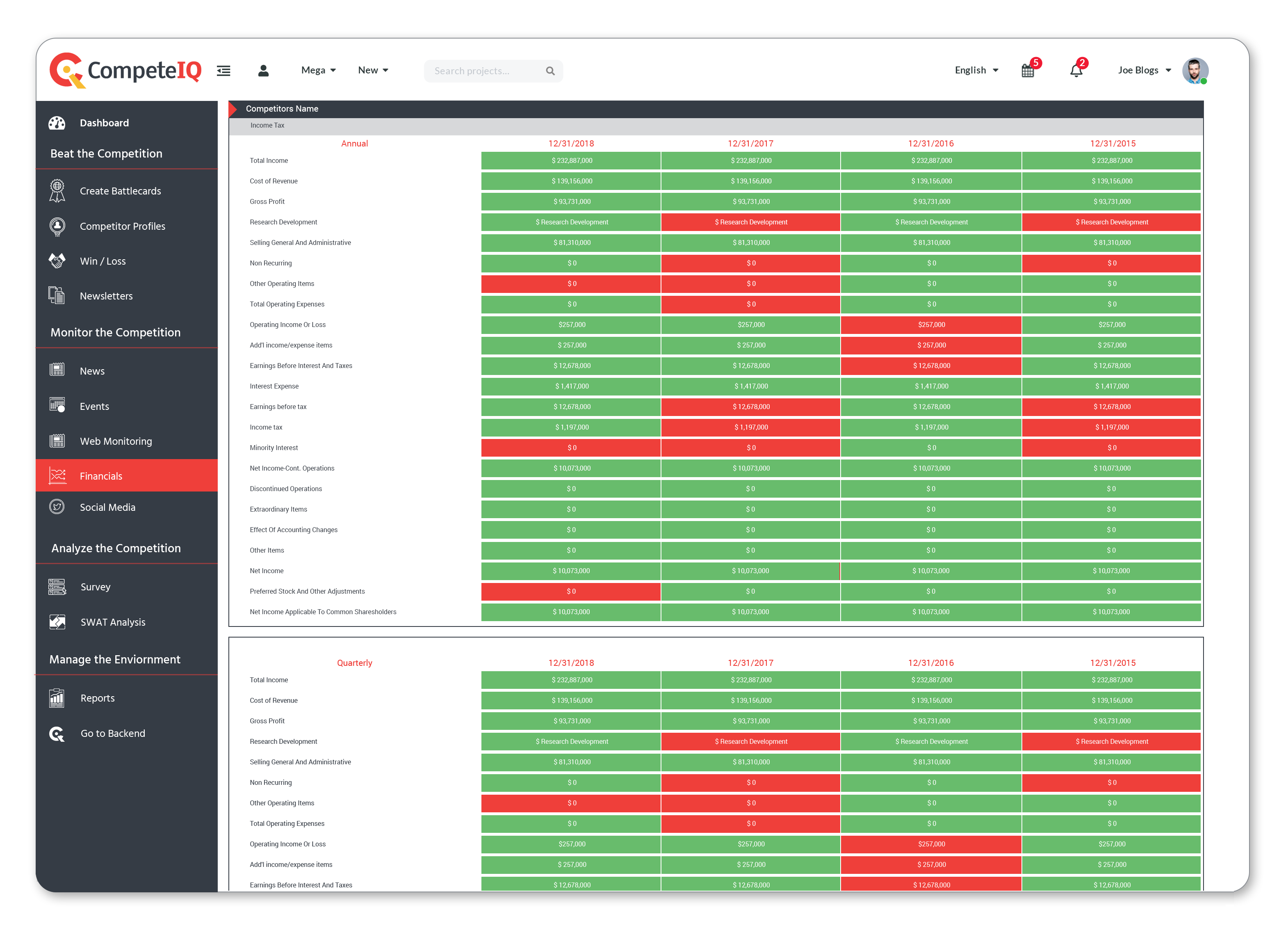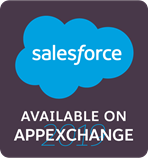Digitised Competitive Intelligence for Modern Sales
How about automatically tracking and
analysing over 30 competitors?

Effective Battle Card Design
Effective battle card design is all about finding the right battle card for the right person at the right time. There are many different parts and many different people involved in sale, from internal and technical sales to account managers and customer support. For this reason, a battle card has to be many things to many people to be both effective and customer-centric. The customers we serve are internal sales people, as they are the ones who use battle cards the most, but an effective battle card can also be translated to different languages and departments.
How do we define what “effective” means for a battle card? Simply speaking, an effective battle card gives your sales team the numbers, information, and context that help your company win more deals. Building an in-house team or group of trusted advisors is critically important in the design and implementation of the information. These field champions team can ensure the creation of relevant and up-to-date battle cards, and help design battle cards into the workflow.
An efficient life-cycle of creating a battle card can be broken down into three states: pre-design, in design, and post design. Each part begins and ends with customer experience, which drives design, format, form, and flow. A battle card has to be many things to be customer-centric, and meet the many needs across the sales team. An effective battle card has gone through these processes and considered each of these factors.
A report by the International Data Corporation (IDC) stated that “sales team members don’t use as much as 80% of the content that marketing generates even though most of it is created for sales and channel enablement.” In other words, only 20% of the marketing content is effectively used, and any other information that a sales team needs has to be found by the team itself. This is inefficient, but can happen for a number of reasons. Sales teams might not be aware the information exists or is available, or might not have time to sort through the content. For this reason, it is important that battle cards reduce extraneous information. Footnotes, end-notes, and hyperlinks can be included to provide extra information if it is needed. Having these notes provides context for a variety of individuals on the sales team, while still streamlining the sales process.
In short, battle cards can make your work life easier and your competitive intelligence work more effective. Creating effective battle cards is a process, but the process ensures that using the battle cards and winning deals is not a process. When do you know your battle cards are effective? When you and your team are winning more competitive deals!
Audience-Centric Battle Card Design
The process of designing a battle card for specific audiences presents a number of challenges. There are a number of different parts of a sales team, and each needs a number of different information sets. Accountants, inside sales, customer support, and executives show up and want answers to a variety of questions regarding a competitor, and it is essential for an sales team to have answers to those questions. Some people and teams think of battle cards as an entire competitive intelligence program, but this philosophy can limit the scope of what an effective competitive intelligence system can do.

However, while an effective battle card contains plenty of relevant information, it does not overload the user with information. Therefore, a key balance between too much and too little information, while still making a battle card effective. How do we achieve this outcome with a limited amount of resources? There are a few standard formats that might be useful and beneficial for your team:
- Cheat/hot sheet: 1 page
- Competitive battle card: multi-page, focused on single offer
- Competitive play book: multi-page, focused on single company
- Competitive feature matrix: usually excel, with macros
- Sales guide: focus on your products, may contain competitor information
As with any system, there are pros and cons to each format. However, creating a system and establishing a direct path for your team will be immensely beneficial, and can also help make a small team feel like a big team. Systems like the CompeteIQ platforms solve scalability and audience centric problems allowing dynamic battle card creation and using artificial intelligence. This in turn creates interactive battle cards with easy feedback that can be delivered inside the www.salesforce.com environment.
Overall, the process for creating and designing and audience-centric battle card includes thinking about how the audience consumes information, what their experience will be like, and what their specific needs are. Creating a system for designing audience-centric battle cards might have an upfront cost of time and resources, but will benefit the entire sales team. After all, at the end of the day, your team should be at the end of a sale.
Measuring Your Battle cards

How to measure your battle cards. Do you have data that proves the usefulness of your battle card? If so, what is that data based on?
There are several factors of measurement that you might take into consideration. The utilization of competitive intelligence, for example, the number of downloads your website might register, can measure the influence of your battle card. Direct feedback from clients (which can be received in a multitude of forms, including email or social media) can turn subjective information into objective data that can be used to adjust current methods or strategies. Finally, decision-specific support based on consultations, narrowcasting, or active deal support can help show which account teams are competing with which competitors, thereby showing overall productivity.
How to measure your battle cards. Do you have data that proves the usefulness of your battle card? If so, what is that data based on?
There are several factors of measurement that you might take into consideration. The utilization of competitive intelligence, for example, the number of downloads your website might register, can measure the influence of your battle card. Direct feedback from clients (which can be received in a multitude of forms, including email or social media) can turn subjective information into objective data that can be used to adjust current methods or strategies. Finally, decision-specific support based on consultations, narrowcasting, or active deal support can help show which account teams are competing with which competitors, thereby showing overall productivity.
Something new to consider is revenue attribution or association, which Ed refers to as the “brass ring of metrics”. It typically Requires use of CRM system like salesforce.com, but not all the time. This means your data is mixed in with other teams’ data, potentially making it more comprehensive and thorough. By putting your data into a competitive intelligence dashboard, you position yourself to build better business processes that tie battle card content to sales opportunities. Your data becomes part of the team and its story, creating an association between sales battle cards, and success.
Throughout measurements of any kind, including battle cards, it is always important to make sure the data is clear and accurate, with little if any discrepancies or fuzzy guesses. Additionally, data should not be misrepresented or misinterpreted to your coworkers or teammates, and should certainly not be a last-minute surprise before a sales meeting. In general, a battle card and its information should be a report that communicates your information and value as a salesman and company.
Imagine you are able to ask sales operations to run a report that directly related battle card utilization to deals won vs. deals lost. Knowing and trusting your measurements can be incredibly valuable and useful for determining the future approaches and goals of your sales team. CompeteIQ offers a system to accommodate scalability for any operation, so you can easily find and explain the value of your battle cards.
At the end of the day, a sale is a team effort. Each team member has to be able to rely upon and trust not only their teammates, but the data and battle cards they use in their sales. In this way, measuring your battle cards can also be a way of measuring your team.
Ready to win intelligently?
Tack control of your company's competitive maturity. Book a demo with one of our CL experts to start winning intelligently.
Featured Competitive Intelligence Insights




